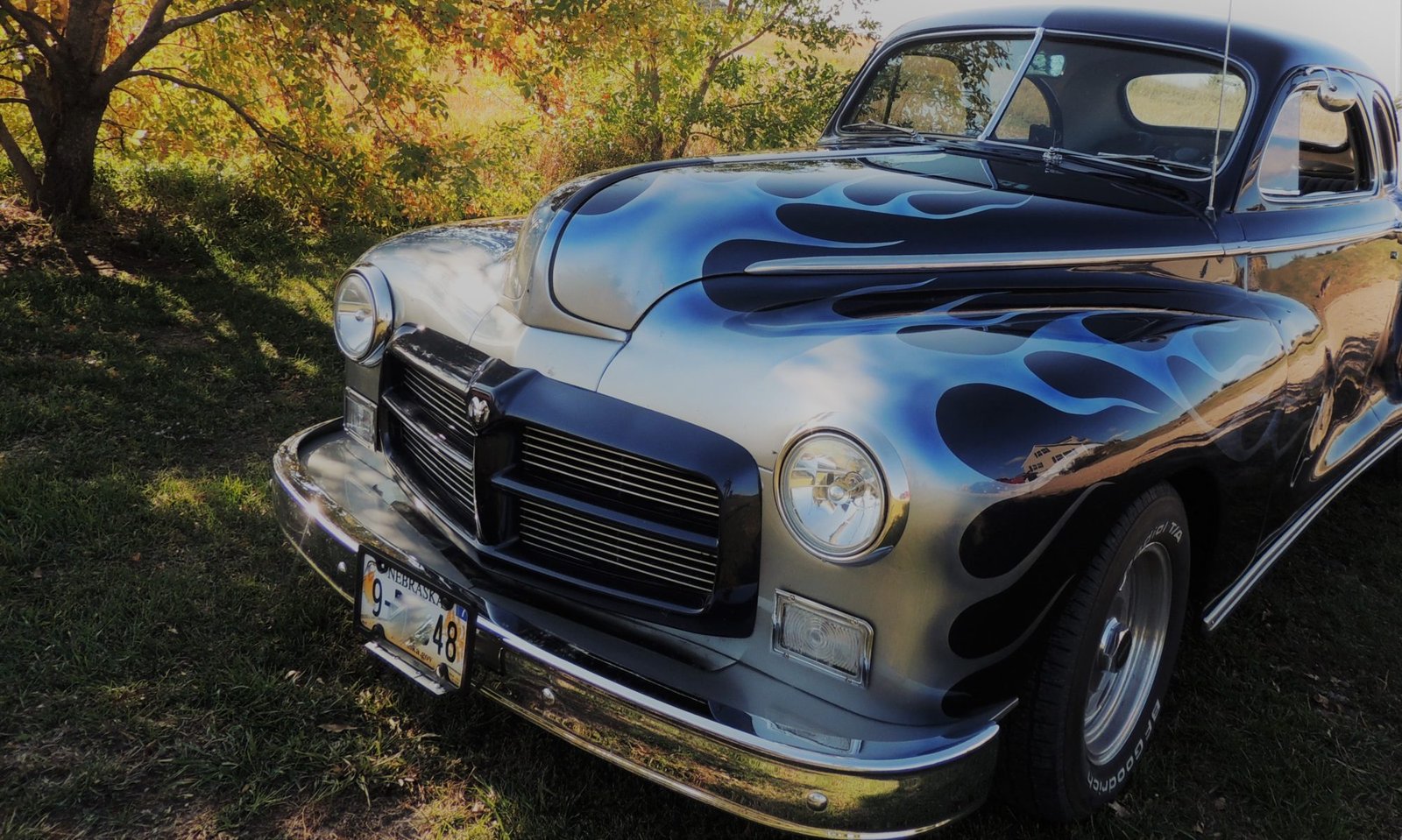
On a Saturday morning in September, 1934, the First National Bank in Holdrege, Nebraska, was robbed by three men carrying automatics. Customers and employees were herded behind the bank counter and ordered to line up, facing the wall, with their hands in the air. It was reported that the bandits worked with “a desperate air,” swearing continuously and threatening murder with frequency.

Both customers and bank officials were taken hostage, some inside the Ford getaway car and some perched on the running boards to discourage anyone from firing weapons at the fleeing robbers. The hostages were released a few blocks away, and the bandits hightailed it out of town. The car was described as a “newer” Ford sedan with stolen plates, red trim and yellow wire wheels. It also had a V8 engine, and that means it was soon long gone. The local sheriff found evidence that the robbers had put the Ford in the ditch while taking a corner too quickly, and a farmer reported that the car had hurtled past his farm shortly after the robbery and had narrowly missed crashing into cattle crossing the road, but that’s the last anyone saw of it. Thieves matching their description, right down to the vigorous swearing, did continue to strike banks throughout the area during the following months, however.

Hilariously, the opportunistic local car dealership saw the whole affair as a way to hype their line of Fords:

The Ford V8 was the engine of choice for bad guys in the 1930s, and law enforcement had no choice but to respond in kind. For more on the topic:
A Grand Christmas Gift (for Law Enforcement)



Sources:
“Bandit Hunt Spreads Over Two States.” The Holdrege Citizen, 24 Sept 1934, p. 1.
“Citizens Pursue Kearney Bandits.” Nebraska State Journal, 4 Oct 1934, p. 1.
“First National Bank Loses Five Thousand To Three Holdups.” The Holdrege Progress, 27 Sept 1934, p. 1.
Holdrege Motor Company. Advertisement. The Holdrege Citizen, 24 Sept 1934, p. 3.
“Robber Quartet Loots Holdrege Bank Of $5,000.” Evening State Journal [Lincoln], 22 Sept 1934, p. 1.
“Superior Robbery Fifth Bank Job In State, Two Months.” The Holdrege Citizen, 23 Nov 1934, p. 1.



















































